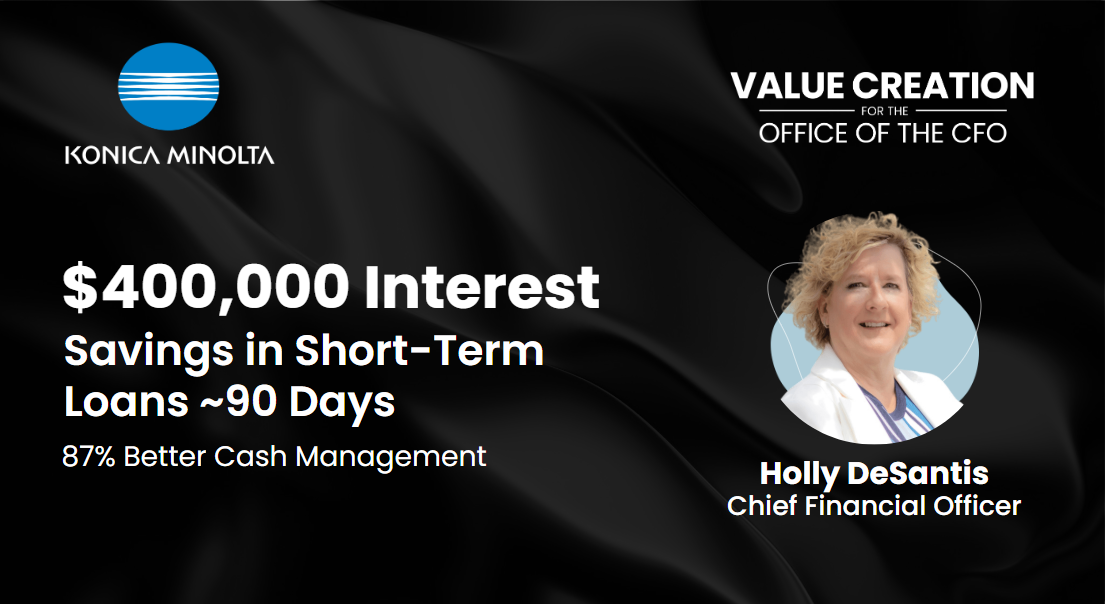What is Treasury Automation?
Treasury automation leverages advanced technology to streamline and optimize key treasury functions, such as cash management, liquidity forecasting, bank reconciliation, and risk management. It improves operational efficiency, reduces manual errors, and supports data-driven decision-making, enhancing financial performance.
By automating these critical processes, treasury automation minimizes manual intervention, reduces human error, and accelerates decision-making. It integrates real-time data from various sources, such as bank accounts, financial systems, and ERP platforms, enabling organizations to gain immediate visibility into their cash positions, cash flow forecasts, and liquidity needs.
With automated treasury management solutions, companies can improve forecasting accuracy by leveraging historical data and predictive analytics, ensuring preparedness for any cash flow fluctuations. Processes such as bank reconciliation are also simplified by automating transaction matching, saving time, and enhancing accuracy.


















